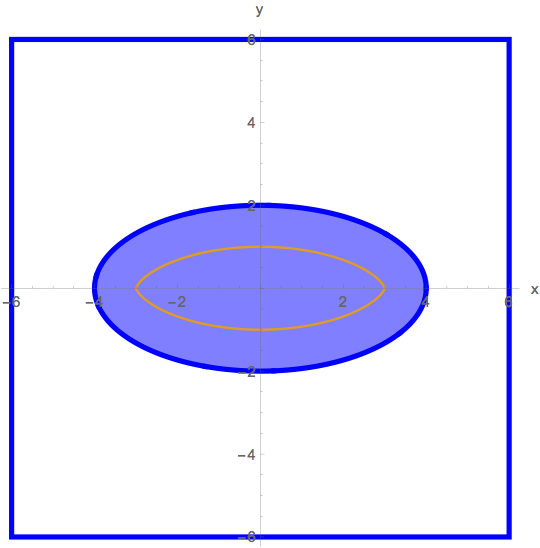If the boundary of the domain to cut out has at least two continuous derivatives, it suffices to move the cutting center along a normal offset curve (offset towards the interior of the domain to remove, of course). That's easily doable Mathematica for quite general shapes:
γ = t \[Function] {4 Cos[t], 2 Sin[t]};
J = RotationMatrix[Pi/2];
thickness = 1;
ν = t \[Function] Evaluate[J.γ'[t]/Sqrt[γ'[t].γ'[t]]];
η = t \[Function] Evaluate[γ[t] + thickness ν[t]];
ParametricPlot[{γ[t],centerline η[t]}= ParametricPlot[\[Eta][t], {t, 0, 2 Pi}], PlotStyle -> ColorData[97][2]]
Show[plateplot, hole, filling, centerline]


